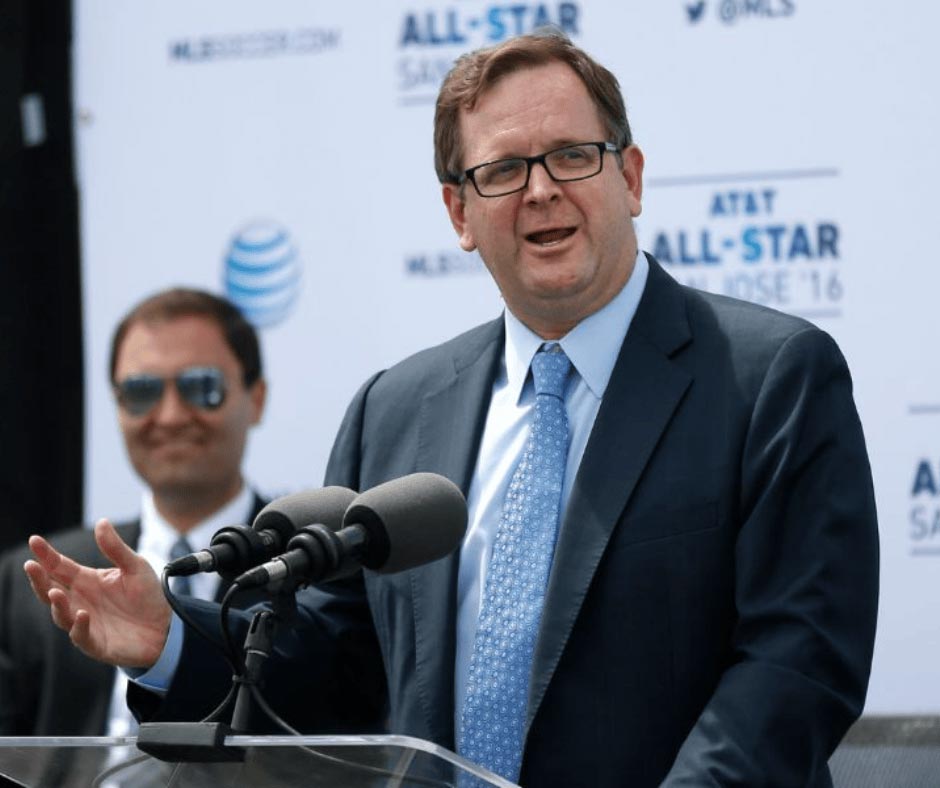With the world coming to its shores, MLS is under pressure to prove it’s more than a developmental league — it’s now or never.
Major League Soccer (MLS) has come a long way since its modest beginnings in 1996, when just 10 teams played in largely empty stadiums. Today, it boasts 30 franchises, record-setting expansion fees, and a landmark $2.5 billion global media deal with Apple. Yet, as the world prepares to descend on North America for the 2026 FIFA World Cup, a defining question looms over U.S. soccer’s flagship league: Can MLS make the leap from “growth league” to global business powerhouse?

The opportunity is unmatched in its history. The United States will host 60 of the 104 World Cup matches, including the final at MetLife Stadium in New Jersey. With key cities like Los Angeles, Miami, Atlanta, and Dallas serving both as MLS hubs and tournament venues, the synergy is obvious — but conversion is not guaranteed.
“MLS needs 2026 to be its turning point,” said American sports economist Victor Matheson. “If the league can’t ride the World Cup wave, it risks being bypassed in its backyard.”
The most ambitious move in MLS history may not involve a player or club, but rather a screen. In 2023, MLS signed a 10-year exclusive global streaming deal with Apple, worth an estimated $250 million per year. This was more than a broadcast rights deal — it was a strategic shift toward controlling every inch of the content pipeline: from production to audience data, advertising, and subscriptions.
Through MLS Season Pass, the league has access to real-time analytics on viewer behaviour — invaluable for brands, sponsors, and fan personalization. For the first time, a football league has placed all matches across all markets, behind one digital ecosystem.
Yet the results have been mixed so far. While Apple praised early subscription growth (especially after Messi arrived at Inter Miami), many casual fans remain unengaged. The league must now balance its tech-forward strategy with the need to build compelling matchday narratives, regional rivalries, and on-field drama that captures hearts, not just eyeballs.
The Messi Effect & Star Power Strategy
The arrival of Lionel Messi in 2023 was a global branding coup. MLS immediately saw a spike in global attention, ticket sales, and merchandise revenue — Inter Miami games sold out across the country. But the downside of the “Messi model” is over-reliance: the spotlight on one player can eclipse the broader league product.
Stars like Lorenzo Insigne, Giorgio Chiellini, and Javier “Chicharito” Hernandez have brought moments of attention but have not led to consistent global engagement. MLS still struggles with “hero-dependency,” and without a steady flow of marquee signings, the business momentum often fades.
Clubs like Atlanta United and LAFC are countering this by investing in young South American talent, flipping them for profit while building competitive squads. The league is slowly learning how to become both a seller’s league and a spectacle, but time is tight.
One of the biggest business criticisms of MLS is its insularity. Despite geographic proximity and shared footballing culture, MLS clubs do not participate in the Copa Libertadores, the premier South American club competition. Instead, the league relies on the CONCACAF Champions Cup, which lacks the prestige and commercial upside of its South American or European counterparts.
This isolation affects TV rights value, sponsorship appetite, and player development incentives. FIFA’s 2026 World Cup should open doors for deeper regional collaboration, but MLS will need to advocate more aggressively for continental integration if it wants to be seen as a full member of the global club football elite.
MLS’s franchise model, with no promotion or relegation, is still a barrier to global credibility. For many international fans, the lack of high-stakes jeopardy reduces drama and organic growth. The league’s closed system is financially stable, but culturally foreign to traditional football markets.
Moreover, viewership remains a challenge. While stadium attendance is strong (averaging over 22,000 per game), TV and digital engagement still trail the NFL, NBA, and even MLB. The World Cup could change this, but only if MLS improves storytelling, accessibility, and competitive quality.
Some franchises are moving fast. Inter Miami is constructing a new $1 billion stadium, branding itself as MLS’s flagship global club. St. Louis City SC has emerged as a model for community-driven growth, combining local investment with modern operations.
Meanwhile, the league’s Next Pro system and youth academies are producing homegrown talent, but scaling this into a business engine remains a long-term project.
As 2026 approaches, MLS stands at a rare intersection of opportunity and urgency. The world will watch, not just the World Cup, but what American soccer does with the attention.
MLS’s future as a business brand will not be defined by Messi, Apple, or even FIFA, but by how well it translates spectacle into substance, and hype into heritage.







